
The Indian postal system is not just about letters and stamps—it is a living institution that has carried messages of hope, connected the hearts and brought a smile on the face of millions of people for nearly two centuries. Established in 1854 under the East India Company, the Indian postal system is one of the oldest and largest postal networks in the world, with a history that goes back more than 150 years. Its motto, “Dak Seva Jan Seva” (Postal Service is Public Service), reflects its commitment to connecting the remotest villages to cities. Here are ten fascinating facts that show why it remains the backbone of communication in India, even in the digital age.
1. The Largest Postal Network in the World
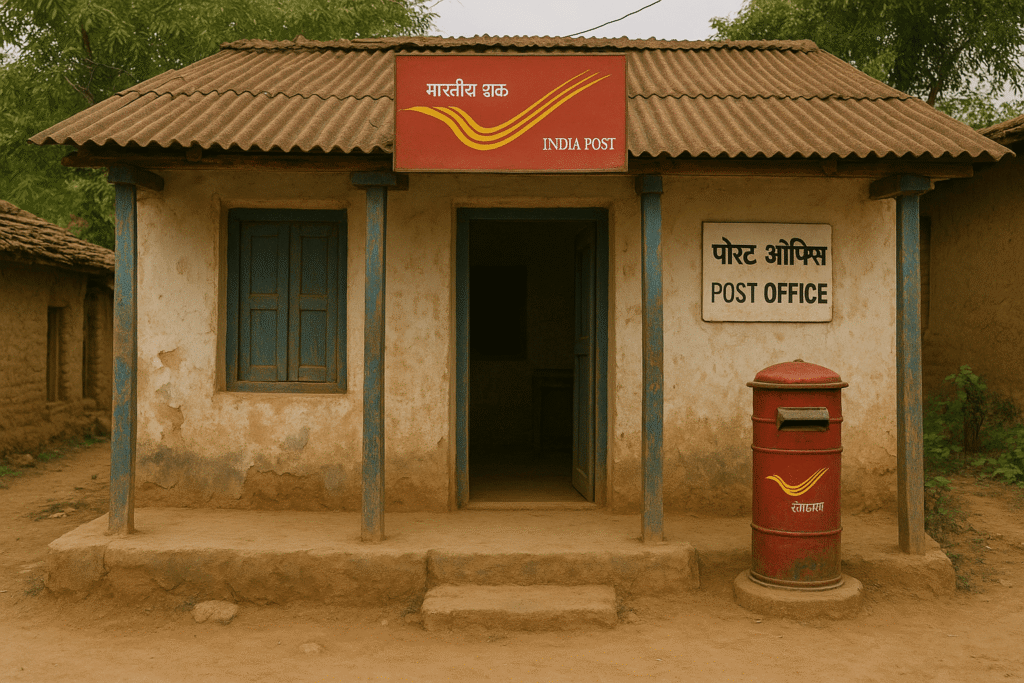
India Post has over 1.55 lakh post offices—about 90% of them in rural areas, which makes it the largest postal network on planet Earth. What makes it unique is its rural outreach—around 90% of these are located in villages. This was a deliberate policy: after Independence, India prioritized communication access for rural citizens, ensuring that the postal service became a bridge between cities and remote areas. On average, a post office in India today serves 7,000 people, compared to one in developed countries serving several tens of thousands.
2. India’s First Stamp – The Scinde Dawk

India’s first postage stamp, the Scinde Dawk, was introduced in 1852 by Sir Bartle Frere, Chief Commissioner of Sindh. It was originally embossed on fragile red sealing wax wafers, then later on white and blue paper. “Dawk” comes from the Hindi word dak (post). Though short-lived due to its fragility, it was revolutionary—it allowed prepayment of postage and standardized communication in the Sindh region. Today, surviving Scinde Dawk stamps are among the world’s rarest philatelic items, auctioned for thousands of dollars.
3. The Birth of the PIN Code
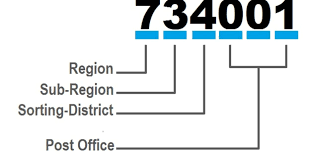
Before 1972, letters in India often went astray due to similar town names or unclear addresses. On 15 August 1972, India introduced the Postal Index Number (PIN) system under the guidance of Shriram Bhikaji Velankar, Additional Secretary in the Union Ministry of Communications. The system divided the country into nine zones (eight regional zones + one functional zone for the Army Postal Service).
Example: The first digit represents the region (e.g., 1 = Delhi, 4 = Maharashtra, 6 = Tamil Nadu).
Today, India has over 19,000 PIN codes, covering every corner of the country.
4. The World’s First Official Airmail Flight
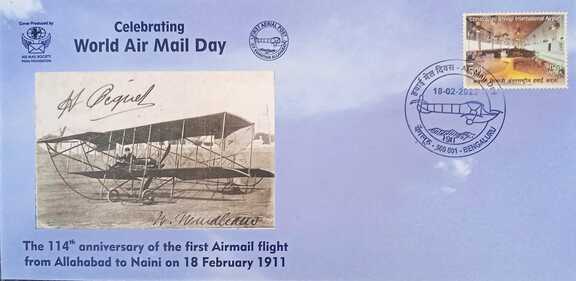
Few know that India hosted the world’s first official airmail flight. On 18 February 1911, French pilot Henri Pequet carried about 6,500 letters and postcards from Allahabad to Naini, covering a distance of 10 km in 13 minutes. The mail bore a special cancellation mark reading “First Aerial Post, U.P. Exhibition, Allahabad.” Many of those covers survive in philatelic collections today, making them prized artifacts of aviation history.
5. A Post Office at the World’s Highest Point
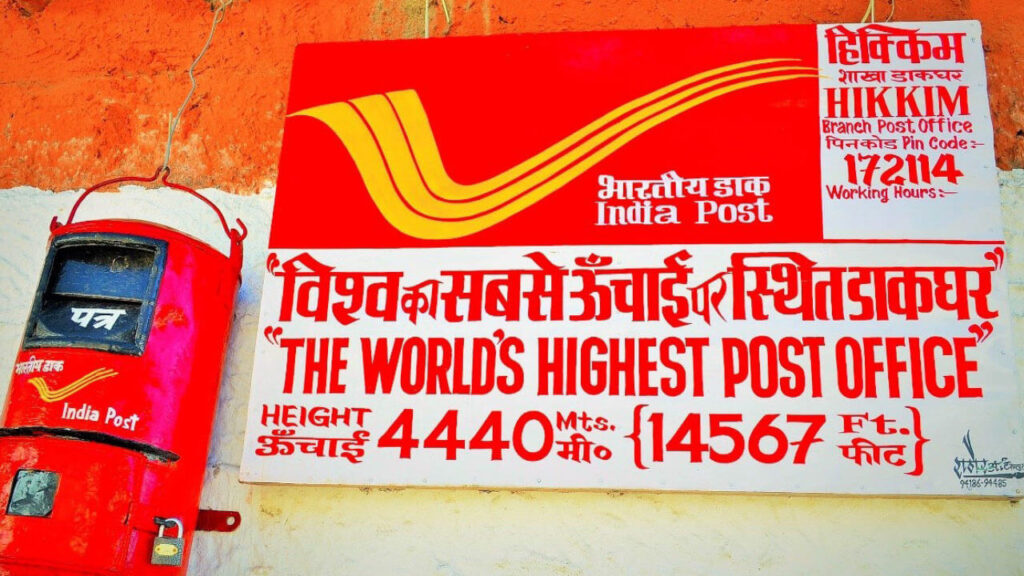
The world’s highest post office is in Hikkim village, Himachal Pradesh, at an altitude of 14,567 feet (4,440 m). Established in 1983, it serves a tiny population of farmers, monks, and increasingly, trekkers and tourists. Despite heavy snow cutting off the village for months, the postmaster and his staff continue to operate, carrying sacks of letters on foot or yak-back to nearby towns. Tourists often send postcards from Hikkim, stamped as souvenirs of the “world’s highest post office,” making it a minor pilgrimage site in itself.
6. The Heritage of Colonial Post Offices
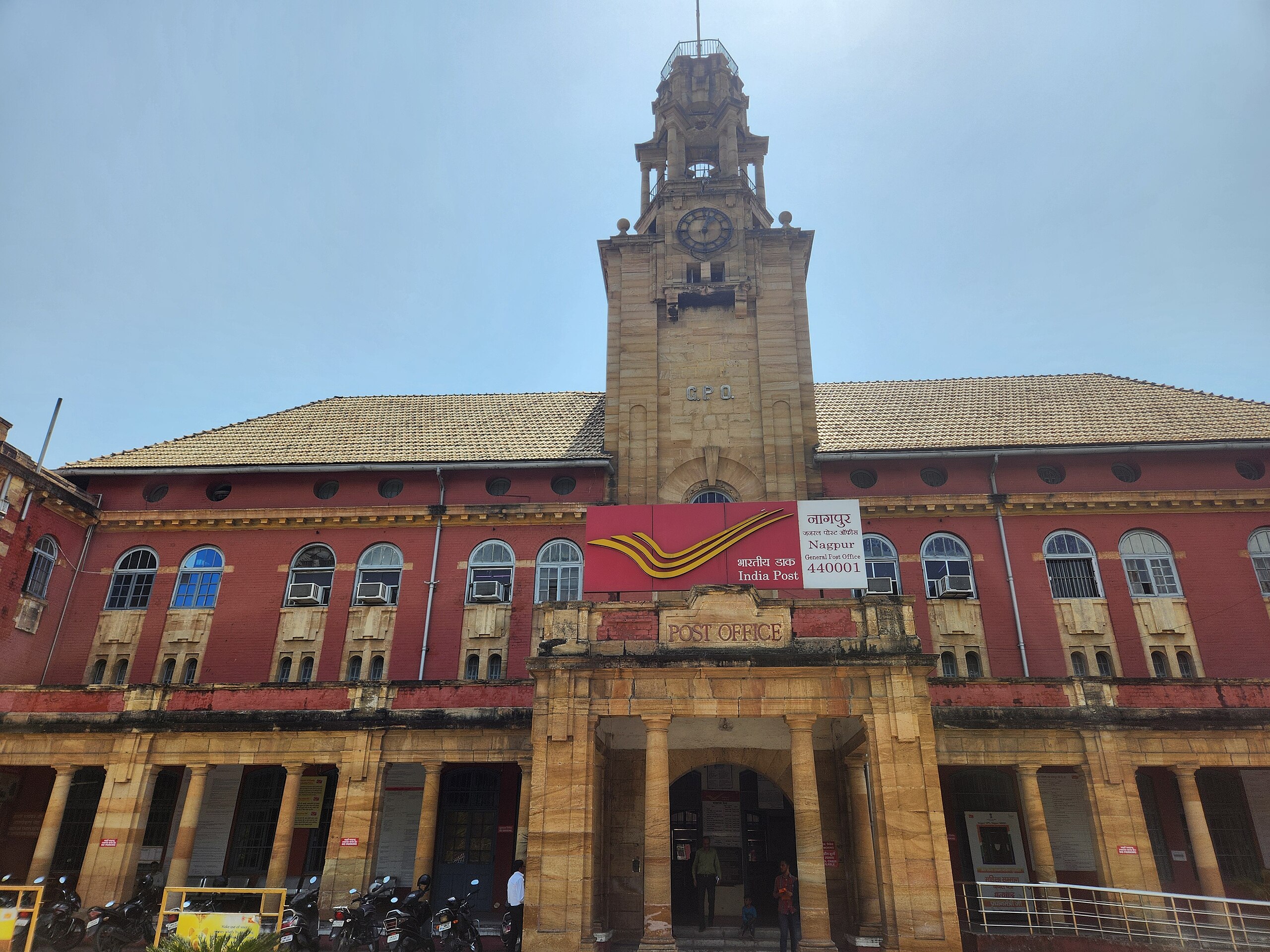
India inherited a rich postal architecture from the British. Some iconic post offices include:
Nagpur General Post Office (1864): Built in Indo-Saracenic style, with arches and minarets.
Shimla Post Office (1882): Constructed in Tudor Revival style, with gabled roofs and half-timbering, still functional.
Mumbai GPO (1913): Designed by architect John Begg, a massive Indo-Saracenic domed structure that remains one of the busiest GPOs in Asia.
Kolkata GPO (1868): Built on the site of the first Fort William, it has Corinthian columns and a towering dome, symbolizing the importance of the city as the nerve center of colonial India.
These buildings remain functioning offices but also stand as heritage landmarks, visited by tourists and architects alike.
7. Festival Season Mail Rush

Before WhatsApp and SMS took over, festivals meant a flood of letters and greeting cards. During Diwali, Eid, and Christmas, India Post handled millions of greetings within weeks. Greeting card companies like Archies and Hallmark boomed in the 1980s and 1990s, and post offices often had to run extra shifts to sort and deliver the seasonal avalanche. Red mailboxes would literally overflow with colorful envelopes, and families eagerly awaited the postman with stacks of cards. Even today, in some rural areas, posting festival greetings remains a cherished ritual.
8. The Postman – A Cultural Icon

The Indian postman is etched in collective memory as more than a government employee. He was the messenger of destiny, arriving on a cycle, with a khaki bag slung across his shoulder. For the illiterate, he read letters aloud; for the lonely, he was a confidant. He carried not just envelopes but also money orders, pensions, and sometimes even oral messages. Bollywood immortalized the postman too—in films like Palkon Ki Chhaon Mein (1977), the postman was portrayed as a friend, philosopher, and even tragic hero. His cycle bell was once the most anticipated sound in many Indian villages.
9. Beyond Letters: Money Orders & Banking
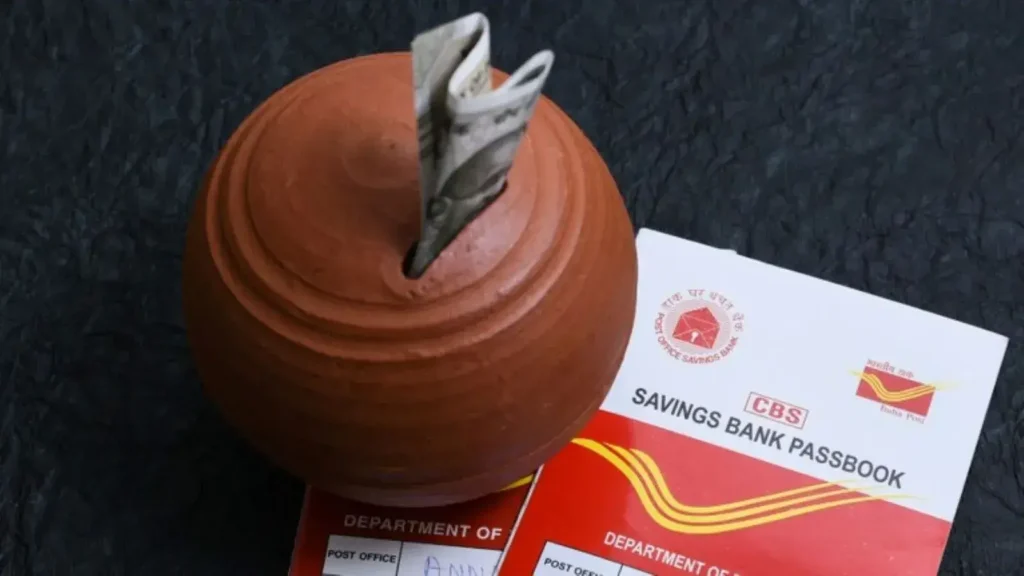
India Post was always more than just letters. For decades, the money order system was the safest way to send money to families. Migrant workers, soldiers, and students relied on it. In many households, the phrase “money order aaya hai” meant relief and joy. Later, India Post diversified into postal savings schemes, offering recurring deposits, savings accounts, and insurance—often the first exposure to financial services for rural families. In 2018, India Post launched its own Payments Bank (IPPB), extending banking to millions through postmen equipped with digital devices.
10. “To God, Kedarnath” – And It Still Gets Delivered

One of the charming quirks of India Post is its commitment to delivering letters, no matter how vaguely addressed. Stories abound of postcards with minimal details—like “To my brother, village near the big banyan tree, Kerala”—being delivered successfully. Perhaps the most famous is a postcard addressed simply as “To God, Kedarnath”, which was duly delivered to the Himalayan temple. Such anecdotes highlight not only the dedication of postal workers but also the deep cultural trust Indians place in the postal system.
Conclusion:
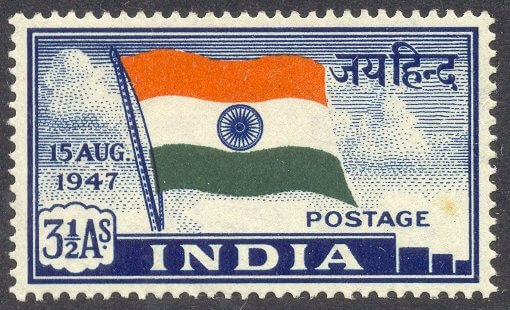
Together, these ten facts show why India Post is not just an institution but a living, breathing part of India’s identity. It has carried soldiers’ last letters, children’s festival greetings, money orders that kept families alive, and love notes that changed destinies. While the red mailbox may retire, the story of India Post continues—shifting from handwritten letters to logistics, from inland mail to digital banking—always adapting, yet always remaining a symbol of reliability and trust.


Recollect my memory to send and receive post card, new year cards, parcels of dry fruits sent through Post Office from Afghanistan in 1980 to my relatives and friends and everyone received in tact. What a honesty, dignity and service to men kind. Really beautiful.